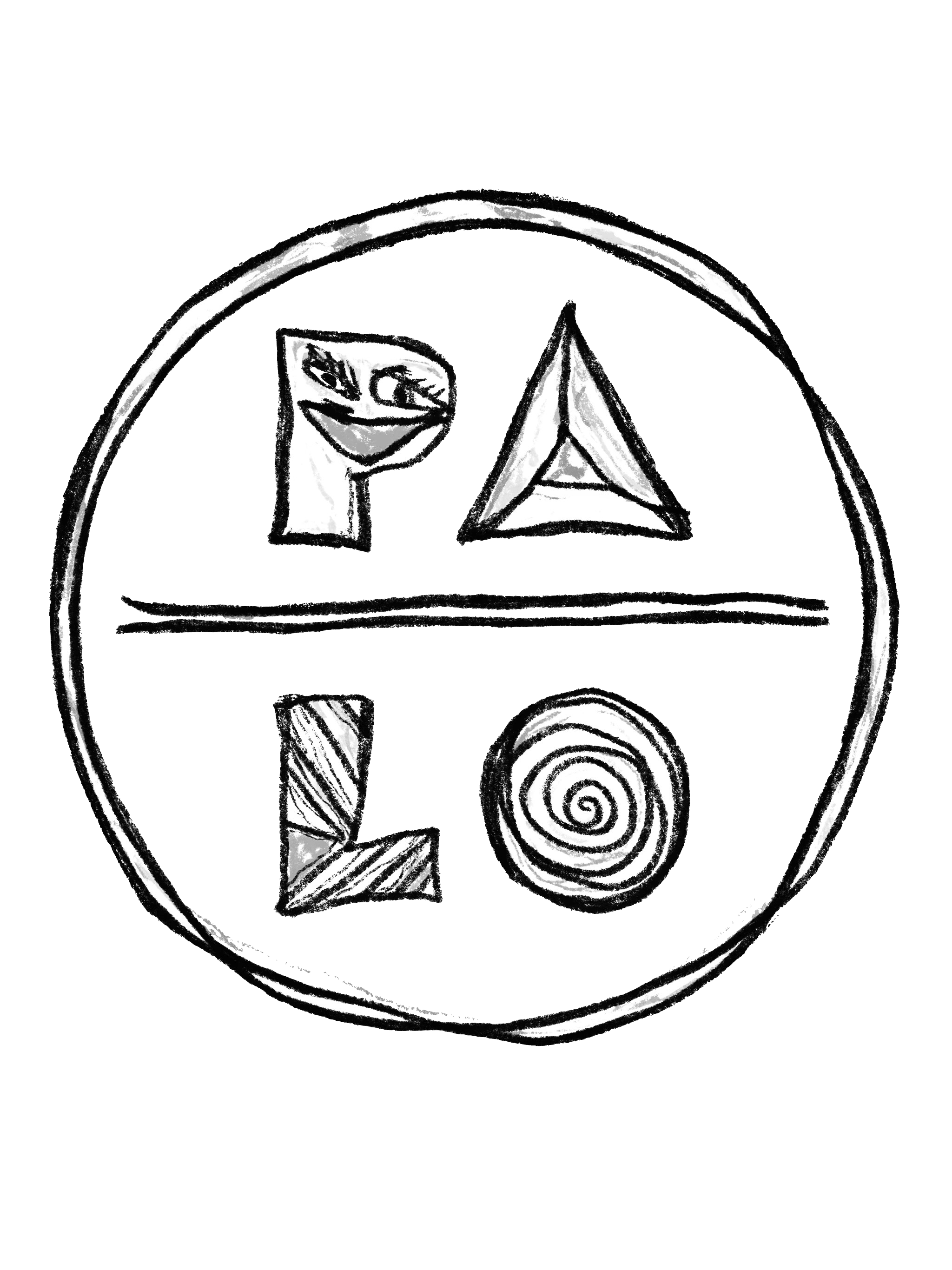Stare through the eye at brilliance, breathe the same air, have the moments. Watch a young artist negotiate his thoughts and capture.
Observer as witness holds three things: what they actually see, how they choose to describe it and what’s felt in their heart, expressed or not. Inter-disciplinary visual artist Lee Jaffe’s new offering, Crossroads, shares intimate glimpses of his time and collaborations with Jean-Michel Basquiat from 1983 to 1986. Presented chronologically with Jaffe’s photos, Jaffe isn’t just an observer but also subject. The image suggests a familiarity between the shooter and the subject that intimates acceptance, openness, candor and trust, highlighting the special relationship between Basquiat and Jaffe. It’s a visual narrative, part memoir/part photo essay, that is both archival and personal with a bit of gold.
Crossroads documents two narratives converging, two adventurers finding each other; both young artists, both experiencing otherness in juxtaposition. Black boy in a white world. White boy in a Black world. Lee Jaffe, young white artist from New York who moved through the Diaspora, most notably Brazil (the Tropicalia Movement) and Jamaica (Bob Marley, Peter Tosh), as photographer, bredren, musician, poet, painter, filmmaker, ganja dealer, thinker, artist. By chance or favor, Jaffe’s orbit found him with another fellow artist whom they were all talking about back in New York. Jean-Michel Basquiat - the Black Icarus of the Art World, birthed from the Sugar Cane People, heroically reaching for the Sun only to grab God by the hand and ask: who am I?
 Lee Jaffe, Jean-Michel Basquiat.
Lee Jaffe, Jean-Michel Basquiat.
Perspective is important and Jaffe’s images neither lean into grandiose gestures that portend a soon-come mythology of Basquiat nor are they fly-on-the-wall flashes of the artist-at-work. It’s intimate and knowing. Basquiat. Aware of the camera. His ability to connect through portraiture has always been nothing short of enchanting. Crossroads captures those moments of enchantment and much more. Jaffe adds testimonial reflections of these images as straightforward reportage on moments that are now part of the Basquiat legend. But Jaffe is not a journalist. He’s an artist. This collection of images and remembrances provide a testimony from the perspective of a collaborator and a friend.
Jaffe’s images of the young artist away from the glitz of promise in early 80’s New York is softened when they leave the United States for Asia. Basquiat escaping New York. Jaffe back from Jamaica. Each with a curiosity and a need. With mostly natural light, Jaffe manages to find God’s directed beam in every frame without overstatement. It’s calm and close. Sometimes far but near. It’s natural. Colors. Smiles. Moments. A break from tension, maybe.
The next series documents their trip to Switzerland at the invitation of an art dealer. Jaffe reflects on this first day in St. Moritz; art supplies delivered and waiting on the young GOD. It felt like subjectification because it was. Jaffe recollects Basquiat’s offense. And like many similar moments for Basquiat, he turned that moment into inspiration and action with combat-on-canvas. Jaffe gives us a scant description of this moment then follows with a series of vibrant images that present the artist in negotiation with himself, his work and his place in the world. What’s most telling of these images in St. Moritz is the broad range of emotions and gestures on display in what Jaffe suggests is work-under-duress. Jaffe doesn’t offer more reportage on the moment nor mention the gallerist by name; allowing the viewer to draw their own conclusions from the images. It’s powerful – rebellious – sad – and courageous. Icarus reaching.
 Lee Jaffe, Jean-Michel Basquiat
Lee Jaffe, Jean-Michel Basquiat
Jaffe’s story moves a few years later to New York with a series of profound monochrome portraits. Basquiat’s inner conflicts on display, mirroring his vibrant combat-on-canvas, an artist settling into his genius acknowledged. Contextualizing this moment in Basquiat’s journey, what I believe is the most striking aspect of this series, and possibly the book, are the preternatural shadows behind each direct stare from Basquiat with exception to the last frame. There are two beings in each frame. Without trying, the preeminent dualism of Basquiat, like many Black people throughout American history, is apparent through this eerily dissonant cast. Who is the shadow against the flat wall? That question echoes Basquiat’s complaint – who am I? This shadow self, in and out of frame, busy with other matters, is not part of the stare. It’s something else. It’s somewhere else. It’s worth experiencing. Then the final frame of this series shows the young artist, eyes closed with a gentle mien, better thoughts maybe but earning a calm pleasance that’s captured. And the shadow, for once, seems to be on the same page as the subject. This is the gold. And this bit of alchemy that Jaffe captured makes the book a vital addition to the canon of JMB.
We remember Icarus not for what ultimately happened but for the spirt, energy and focus of what he set out to accomplish. The lesson that we know now is that you never have to touch the sun when you’re already shining. Jaffe’s book gives readers an honest glimpse of the reach.

